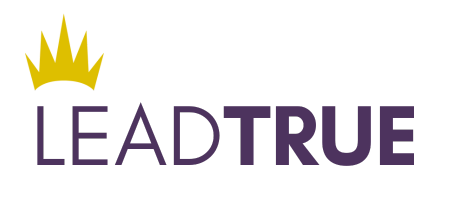How to be an Inclusive Leader
by The Tiara Collective
Organizations are looking closely at how to develop the leadership competency of inclusion, both as a reflection of a core value and as a strategy for effective business.
Although diversity and inclusion initiatives and programs are not developed for purely ethical or moral reasons, they often align with a value held by the company. Examples of such values are respect, full engagement, innovation, or leveraging strengths. Clearly an organization could not be aligned with any of those values while only including a small demographic in it’s leadership pipeline, talent development programs, or employee pool.
Additionally, companies have found that diversity and inclusion programs also align with smart business strategies. Having your internal team mirror the demographic you are serving with your business works. This allows you to relate to your client needs more intimately and understand their top priorities. Well-run diverse teams also bring a higher level of creativity and ideas when input is cultivated.
Yet how to be inclusive can elude even the most experienced manager or leader. Here are the 3 steps to practice building diversity and being inclusive. The key word is “practice”. Being an inclusive leader is not something you do one time and check it off the list. It’s a practice you repeat in a consistent way.
Be clear on your definitions and goals.
In working with Quanita Roberson from Soul Growing, we have challenged ourselves to be very clear on the definitions we are working with in this area.Based on Quanita’s input, we define “diversity” as “the mix.” Does the mix of people on a team, in a department, or in the pipeline represent diverse experiences and perspectives? We define “inclusion” as “How the mix works.” Does your team, group, or organization work such that everyone feels like they can bring their best talents to the work, that they are seen, heard, valued, and included?Once you have the definitions clarified, you then need to be clear about why you want to increase either diversity or inclusion as a leader. Why is it strategically important? What is the intention or goal?Assess the current state of diversity and inclusion.
In the Tiara Model for True Leadership (SM), Awareness is always a meaningful step. With Awareness, you have insight, choice, and empowerment. Although it might seem awkward to do at first, digging into the current state of diversity on your teams and in your organization along with the current level of inclusion can be the most powerful step you take.Take actions to build diversity and develop inclusion.
The last step is to take tangible actions to build the mix and develop your inclusion competency. To increase diversity you may need to expand your networking circle to include associations, organizations and neighborhoods so you cross paths with new people. To develop inclusion, you might need to leverage best practices in active listening or meeting facilitation to ensure ideas are heard, valued, and used.
Listen to our panelists share their experienced perspectives in this Leadership Virtual Roundtable on Inclusion.

